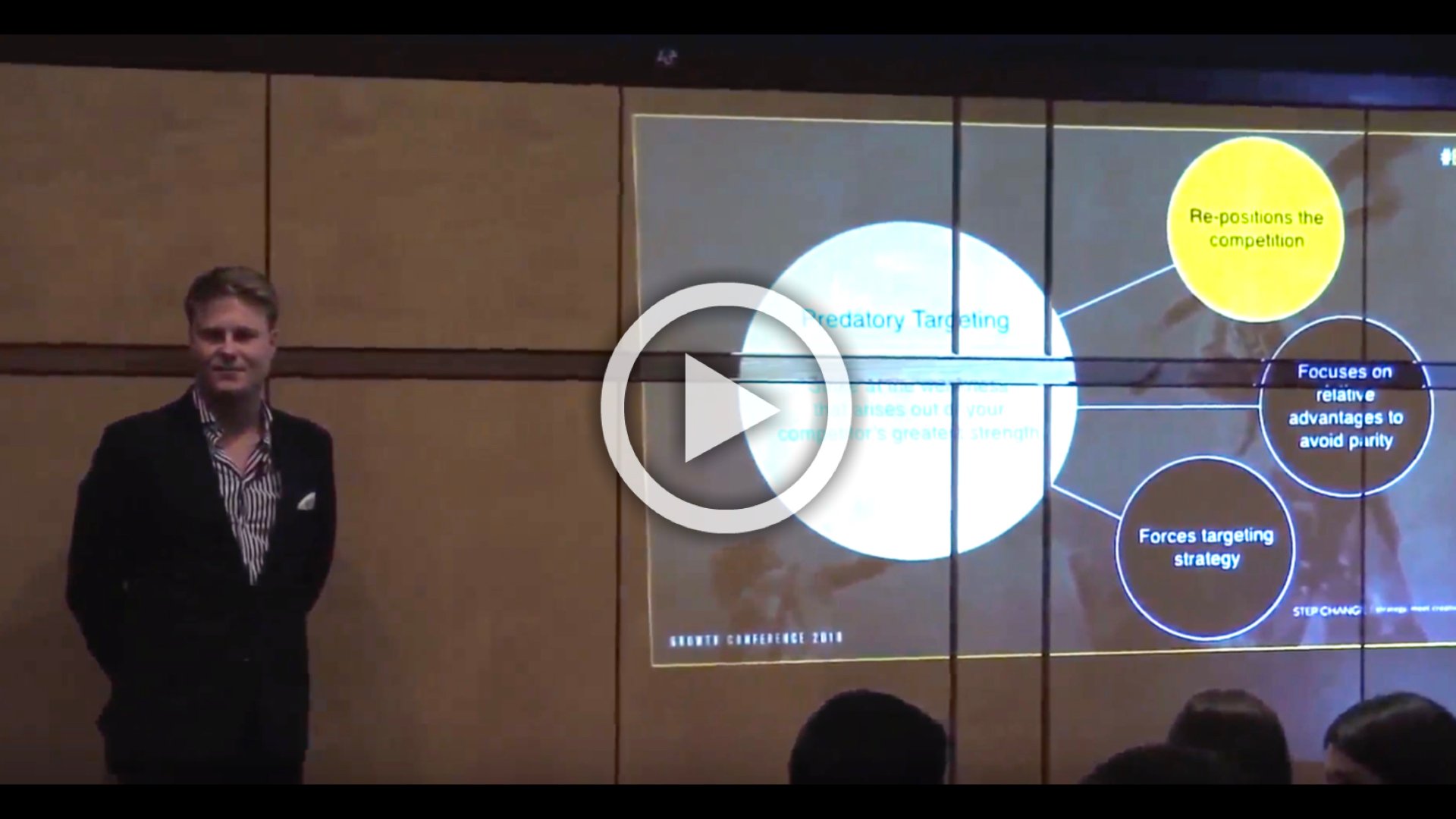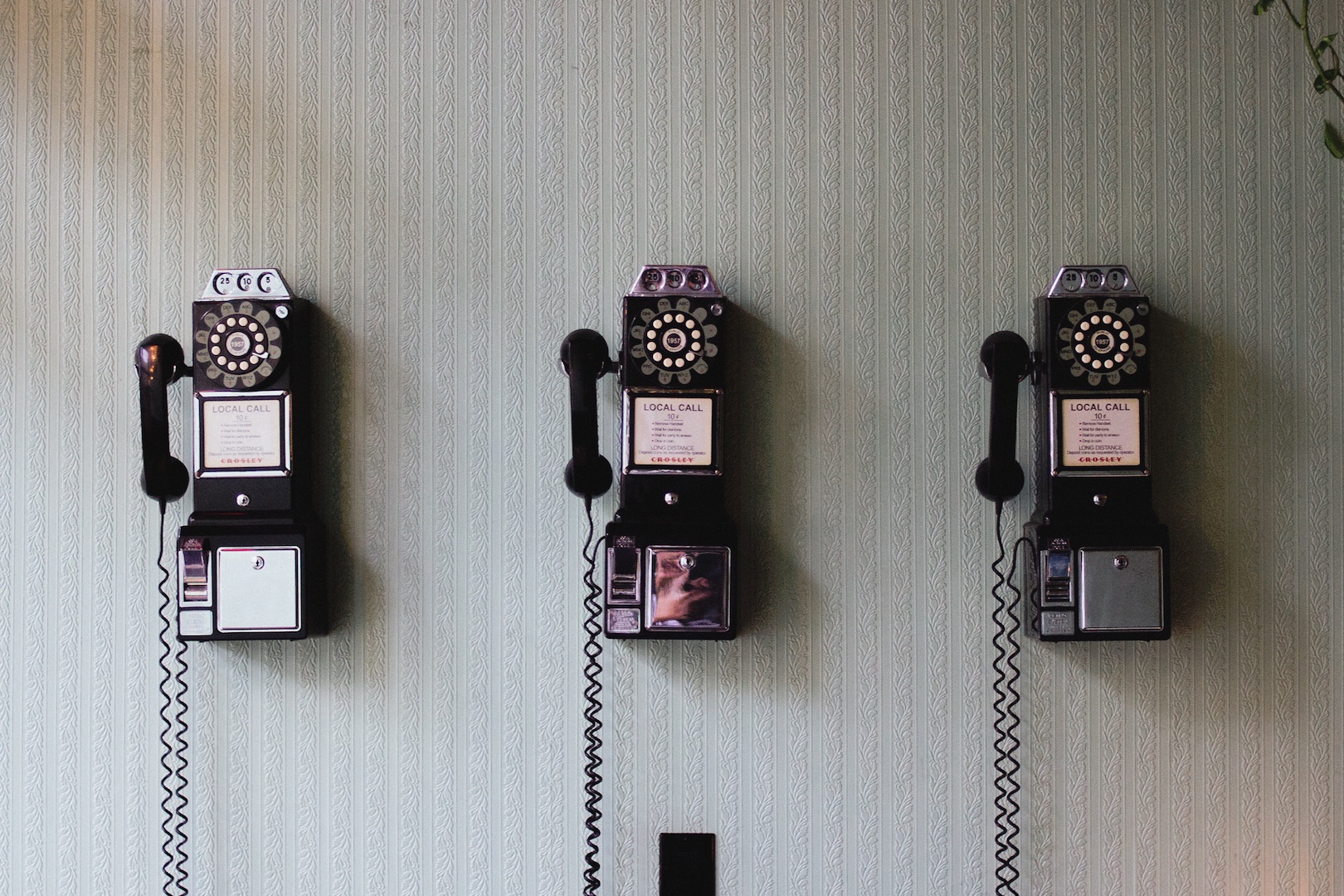Negotiation is part and parcel of life and particularly in business. No matter which stage you are at in any business deal, you are bound to meet different stakeholders who will challenge your negotiation skills.
It’s not a one-size-fits-all approach. To be effective, you need to think about how best to approach your business deals.
To do that, it’s vital to know how to recognise and effectively deal with different negotiation styles used in business. This provides you with the leverage to adjust your strategy in order to achieve maximum results.
Bruce Lee is famous for his philosophy on Jeet Kune Do, a unique fighting style that had no fixed positions or pattern, unlike any other traditional martial arts. Lee believed, “When one has no form, one can be all forms. When one has no style, he can fit in with any style.”
Thus, Jeet Kune Do was an equally effective style to use for no matter what fighting stance you may find yourself in — the dominant stance where you’re on top of your opponent, the neutral stance where you’re on equal footing or face-to-face, and the submissive stance where you’re fighting your opponent from the ground.
Bruce Lee’s guiding philosophy on the principle of agility and versatility is a perfect guide to tap into every time you find yourself needing to negotiate with the business’s stakeholders.
To be as versatile, you need to know who you are dealing with, learn and adapt to how they engage in negotiations, and tailor your strategy accordingly to get the best mutual outcome.
At Step Change, we truly believe that intent counts more than technique. This is about helping two parties find more value.
So if your intent is to look for mutual value and reach a suitable outcome in your business deals so you can get people ‘unstuck’, you need to know how these styles work and when to use which for different instances.
Now, let’s look at five different styles of negotiation you need to know.
1. The Positional Negotiator
This is the most common style of negotiation that most people utilise and have picked up in the past. This is often the go-to strategy that people use when entering into a negotiation.
It involves having a position that is deliberately polarised or further away from the other party so you can compromise on an acceptable outcome. These negotiators deliberately pick an extreme position, negotiate, and come to a compromise.
Both parties tend to negotiate on very few variables until, ideally, they meet in the middle.
The reality is that the positional negotiator picks positions far apart and compromises towards the end — usually on a few variables and finds a way to satisfy them.
This style is best portrayed when a dealership sells you a car. The salesman offers to sell you a car for $10,000, knowing full well it is only worth $7,000. The buyer makes a counter offer for $5,000, and they both negotiate from there, meeting somewhere in between.
Using this approach can lead to potential problems later on because both parties may become more committed to their stance as the negotiation progresses — often without considering the broader interests. This rarely results in a win-win — and can end up being a battle of stamina, rather than value.
We need to remember that negotiation is much more than just compromise. Although it may look like you are negotiating, the reality is you may only be compromising on things because the value wasn’t there in the first place.
2. The Value Negotiator
Value negotiators look for a much broader variable and are inherently creative. They focus on the overall value instead of the individual variables.
Using the car salesman example, some buyers may be looking for a particular price because it is all they could afford.
But focusing on the price alone may lead to missed opportunities because there are finance options available that could get buyers a better car that is still affordable. It is critical that we take the focus off the primary concern (i.e. the price) and move on to the ‘why’ questions. From here, it is important to try to build a more complex understanding of how the partner will make decisions.
With the value negotiator, brainstorming and problem-solving with partners will work. We should use sentences like, “I imagine that in asking about the price, you might be concerned about what your monthly repayments will be,” or ”It seems like we’re discussing price, but maybe more flexible payment terms could help.”
Expand on the original objection and find the things that could turn the objection into a ‘yes’. I should be up-front that value negotiation is our favourite and what we would recommend in most situations. It is the most effective and what we believe to be the best at creating value versus dividing value.
However, not everyone wants to play with the Value negotiator. The more-rational negotiators may feel that this type of negotiation lacks structure; it doesn’t have a lot of direction. It is also somewhat ineffective against some of the other styles of negotiation. It works particularly well when working with the Fair Go negotiators (described below) and Positional negotiators.
3. The Incremental Negotiator
People can switch between styles and will do so for different purchasing decisions and at various stages of the negotiation.
Incremental negotiators are those that, inch by inch, ask for a little more at each turn of the negotiation.
They thrive in longer, more complex deals, especially where they have domain expertise. They drive value by ‘inching’ their way until they arrive at a place or an agreement of significant value. They’ll often compromise on the major or obvious variables but find value for themselves on the terms.
If you’ve ever had all the big blocks in place, agreed on the price, and then found that the payment terms needed to complete the deal are extreme and were only mentioned at the last minute, then you’ve dealt with an Incremental negotiator. Because of their knowledge and expertise on the matter, they thrive in long, complex decisions. As a result, they are used to their partners getting deal fatigue.
Also known as inch-by-inch negotiators, Incremental negotiators will want to stay out for the bigger picture and disconnect the relatedness of variables and terms. They want to have things in writing at different stages of the deal and open closed doors as they move along to make it feel like “that issue’s been agreed now”.
So naturally, the Incremental negotiators want to prepare the other party that they’ll need time at key stages to re-evaluate the bigger picture and that their verbal agreements will require some consideration before they reach written confirmation on each.
4. Fair Go Negotiator
These are the types of negotiators that peg their request or need based on what they believe to be fair. But often, it is not necessarily based on reality. They tend to appeal to the human side rather than make rational arguments. They might camouflage it by telling you less than true stories about what they can and cannot afford, for example.
You will know this negotiator when you meet them to negotiate or discuss and the first thing they tell you is a story about how things are not going that well, revenue is down, or they’re dealing with a big issue with a staff member. This may be the pattern and the framing of other conversations to come.
The best way to deal with these types of negotiators is to add the rationality of previous examples and ‘benchmarks’ to their requests.
We may need to segment the issue from what’s being discussed. Give them some time to reason out why they feel they should be given a fair go, but then reiterate the main issue at hand and help them compartmentalise.
In the long run, you need to set up frameworks of reciprocity to make sure they understand that although we can give them what they ask for, we also need something done in return. State your willingness to listen to the issue at hand but that when something needs to be done, it must be quid pro quo.
Fair Go negotiators are often infinitely likeable, but this style doesn’t fly as a long-term strategy. Whilst it can work for some, it’s a strategy that tends to only work with people susceptible to it. These people may end up in a place of avoidance, or it can work on someone for a short period of time before it stops being effective.
For relationships to be valuable, there needs to be trust and value on both sides.
The point of any great negotiation is to create an overall increase in the perceived value exchange. This is the alchemy within a great negotiation. Objectively, new value may not have been created, but subjectively, there is increased value on both sides.
5. ‘First and Last Offer’ Negotiator
Also dubbed as the “I gave you my best offer” negotiation style, you need to spot this at the earliest time.
Warren Buffet is best known for this style of negotiation. He evaluates the company and its stocks, puts an offer on the table, and lets people know that it is his first and final offer before he walks away. (Keep in mind that he is a famous accumulator — he buys much more than he sells.)
These negotiators put in careful thought and consideration into an offer that they believe to be fair and who have the tenacity to walk away from the deal.
The reason we need to identify these negotiators early is that we may not get a second opportunity. This negotiation style works for people like Warren Buffet because it stops them from getting overly emotional about a deal. This means he makes a decision and sticks to it.
Also, doing it this way means the stress of negotiation, the time put in and complexity of the deal, all things that induce ‘human’ decision-making biases and sway our decisions are quickly put to rest.
Should you be fortunate enough to get the reputation for this type of negotiating style, it forces people to think hard about their offer. If they want the deal to happen, they know they have to present their best offer to the table because they know there won’t be a long haggle or second chances.
In this instance, the first deal is really the only opportunity to strike a deal so any fallback or compromises you’re willing to make need to be known before you engage with the other party.
Closing the Deal: Mastering the ‘Jeet Kune Do’ in Business
Understanding your own style of negotiation and learning how to recognise these negotiators, while adapting accordingly, helps increase your chance of success in your business deals.
Remember that the key to effective negotiation is agility and versatility, knowing when to dance and step back, recognising and acknowledging interests, rooting for value, and adjusting your steps as needed in order to find a place of balance.
Over to You
Can you think of a negotiation style we are missing? If you can, please note it down in the comments below.
 Jeff Cooper is Step Change’s Founding Partner. Jeff learnt his most valuable lessons in strategic thinking by spending his own money. His entrepreneurial pursuits began back in 2004 when he started his first business, designing exhibition spaces and running events, which eventually gave birth to an interactive event concept later adopted by the likes of Big Day Out and other major festival organisers. A decade later, in 2014–2015, startups in which Jeff was involved raised over $1M in investment, and Step Change — which he co-founded — became a multimillion-dollar strategy consultancy, serving clients across five continents. He’s a true generalist, with ownership and Board interests in businesses from retail solar to beauty and beyond, at life stages from startup to over $150m revenue annually.
Jeff Cooper is Step Change’s Founding Partner. Jeff learnt his most valuable lessons in strategic thinking by spending his own money. His entrepreneurial pursuits began back in 2004 when he started his first business, designing exhibition spaces and running events, which eventually gave birth to an interactive event concept later adopted by the likes of Big Day Out and other major festival organisers. A decade later, in 2014–2015, startups in which Jeff was involved raised over $1M in investment, and Step Change — which he co-founded — became a multimillion-dollar strategy consultancy, serving clients across five continents. He’s a true generalist, with ownership and Board interests in businesses from retail solar to beauty and beyond, at life stages from startup to over $150m revenue annually.
 Moanna Aranas is a Digital Content Executive at Step Change. She writes, edits, and proofreads all forms of content for Step Change and its many clients. With a niche for emerging marketing trends, social media platforms, and tech news, this inbound marketer always delivers content that is memorable, engaging, and relevant.
Moanna Aranas is a Digital Content Executive at Step Change. She writes, edits, and proofreads all forms of content for Step Change and its many clients. With a niche for emerging marketing trends, social media platforms, and tech news, this inbound marketer always delivers content that is memorable, engaging, and relevant.














